The goal of content marketing is clear:
To publish content that can carry your brand throughout the entire customer’s buying journey.
But do you really know how to do it? Can you create content that performs well in search, attracts the right customers, and helps increase sales? If not, then you’re not alone.
According to Content Marketing Institute’s 2017 B2C Benchmarks report, only 25% of B@C companies consider their content strategy a big success. 72%, however, report achieving moderate or even minimal outcome...

And the two main reasons for lack of such success the report’s participants cite are:
- Strategy issues (49%)
- Challenges with content creation (37%)
In this post, I’ll show you how to overcome those challenges. How? By using a data-driven approach to deliver content marketing campaigns guaranteed to impact your brand positively.
What is Data-Driven Content Marketing?
You can approach creating content in two ways:
- Base your strategy on topics you think are relevant to your target audience, or
- Use data to fuel your content decisions.
And just like both strategies can deliver results, it’s the latter that will propel your brand to incredible results. Why, because the information about customer preferences, behavioral patterns, and expectations makes your content so much more relevant to your target audience.
Actually, to be more specific, data-driven content marketing helps you integrate your brand into your customers’ everyday lives. Because of that, your audience can experience your content at every stage of the buying cycle, and get relevant information pertaining to their buying intent and current needs.
This, in turn, helps you deliver on their shopping needs, increase conversions, and boost your content’s search performance. And all because of focusing on data first.
But I admit, all these explanations might seem a bit vague.
So let me show you how two companies used data-driven content marketing to boost their conversions.
- Kohl’s collected data about users offline behavior in-store via their mobile app to improve and refine their buyer personas. Their content team, then, used this insight to identify the most relevant topics and distribution channels to engage their audience.
- Another online retailer used online advertising data to outline the customer’s journey. The company then mapped it with their existing content to identify internal content gaps. Based on this insight, they developed additional sub-category pages that helped increase YOY organic orders by 32% and boosted the search revenue by 27%.
Incredible, right?
Launch a Data-Driven Content Strategy
The success of a data-driven strategy relies on two factors.
- Creating content that’s relevant to your target audience, and delivers results (measured with relevant KPIs).
- Monitoring the performance of content-related KPIs, and using that insight to power the content creation.
So, let’s go through each of them in turn.
Step 1. Creating Data-Driven Content
The key to publishing relevant content is understanding your customer’s journey and their search behavior. And so, as the first step, assess your search visibility data to map keywords to the buyer’s intent, and relate them to stages of the journey.
Here are some ways to gain this insight:
Compare PPC and organic traffic. Just like the online retailer in the example I quoted above, analyze your SEO and SEM performance to identify keyword groups that correspond to specific behavioral patterns.
Next, divide those keywords into those that lead to a purchase or some related activity (high intent), and those customers would use to find information (low intent).
Analyze your content gap versus your competitors to identify content assets that your site lacks. Using tools like seoClarity’s Content Gaps, you can quickly identify keywords your competition already ranks for, and use that insight to learn more about your target audience’s preferences.
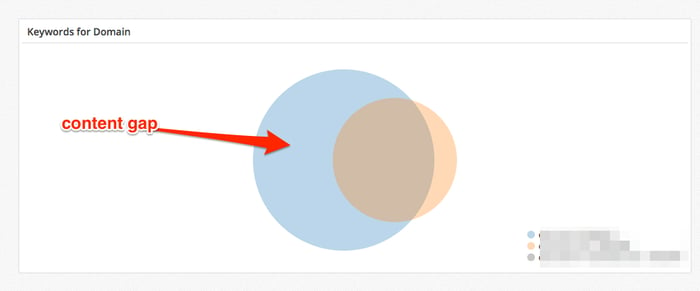
Gather new content ideas based on questions your audience asks online. Tools like Content Ideas allow you to research what your target audience asks about on sites like Quora, Yahoo Answer, and many more, and identify topics guaranteed to engage them.
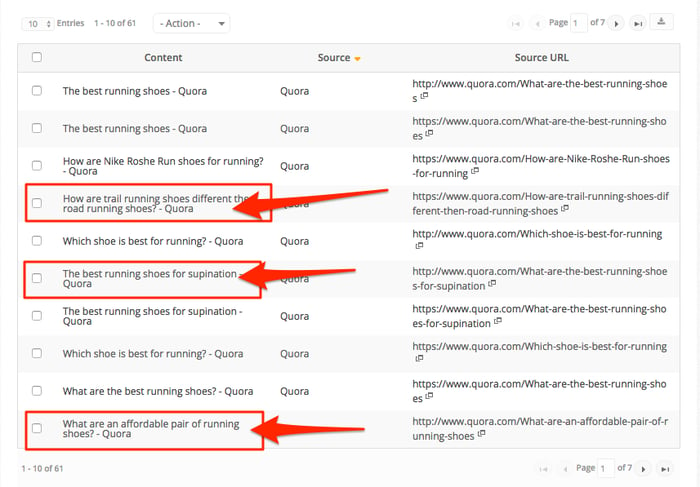
Check out your Google Search Console’s data. Although it’s not the most reliable resource, GSC can still help discover additional keywords your audience uses when searching for information. seoClarity offers close to 100% visibility into those search queries that actually drive traffic to your site with Search Analytics. This would generate additional content ideas to build on those successful pages or content pillars.
Step 2. Monitoring the Performance
Content boosts your business performance in two areas - engagement and conversions.
First, let’s talk about engagement. Let's get grounded on what that term really means. Personally, I agree with Ann Gynn from Content Marketing Institute, who says that engagement describes content that’s relevant to the audience, and good for the business (in the sense of helping achieve its goals).
In practical terms, it relates to assets that make a person stop what they’re doing, and focus entirely on the content.
And here’s how this helps your business:
Engagement typically leads to virality. We tend to share content that catches our attention and provides useful information. It also helps boost rankings. As Brian Dean discovered:
“[...] websites with low average bounce rates are strongly correlated with higher rankings.”
And so, metrics to help you assess engagement include:
- Traffic, along with content performance metrics like bounce rate, time on page, etc.
- Assisted conversions,
- Growth in search demand,
Next, it's also important to monitor the effect of content on conversions. Here's how:
- Conversions and revenue, specifically:
- Page types vs. conversions, traffic, revenue
- YOY change in traffic, conversions, and revenue
- Conversions per channel
- Rankings
- Rankings growth
- Share of voice online
- Rankings vs. competitors
- SERPs real estate (brand ownership across various universal rank types like the answer box, images, local listings, etc.)
Step 3: The Testing Process
The final part of the process revolves around measurement and continuous feedback.
And to streamline it, we always recommend our clients to start by setting baselines for KPI monitoring. For example:
- Add relevant keyword tags to help you analyze the content’s performance quickly.
- Create dashboards in your SEO platform, and collect crucial KPI data in one place.
- And finally, set up 'events' that will help you assess performance over time, and put data in context.
From then on, monitor the data at regular intervals, and adjust your topics to based on the insights.
And that’s it…
Remember, your goal is to create content that helps achieve specific business goals. And so, you need to ensure that whatever topics you choose are relevant to what your organization aims to achieve right now. That’s why, once you’ve developed an overview of how customers search for your brand throughout the entire journey, match that with your organization’s current campaigns and product launches as well.
With that in mind, a data-driven approach to content marketing will help you launch strategies that:
- Answer your audience with relevant content tailored to their needs and buying intent,
- Position your brand throughout the entire customer journey,
- Achieve tangible business results.
All that’s left now is to implement those strategies. Good luck!



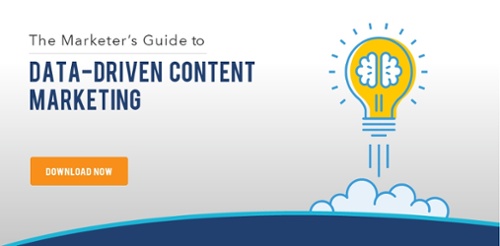

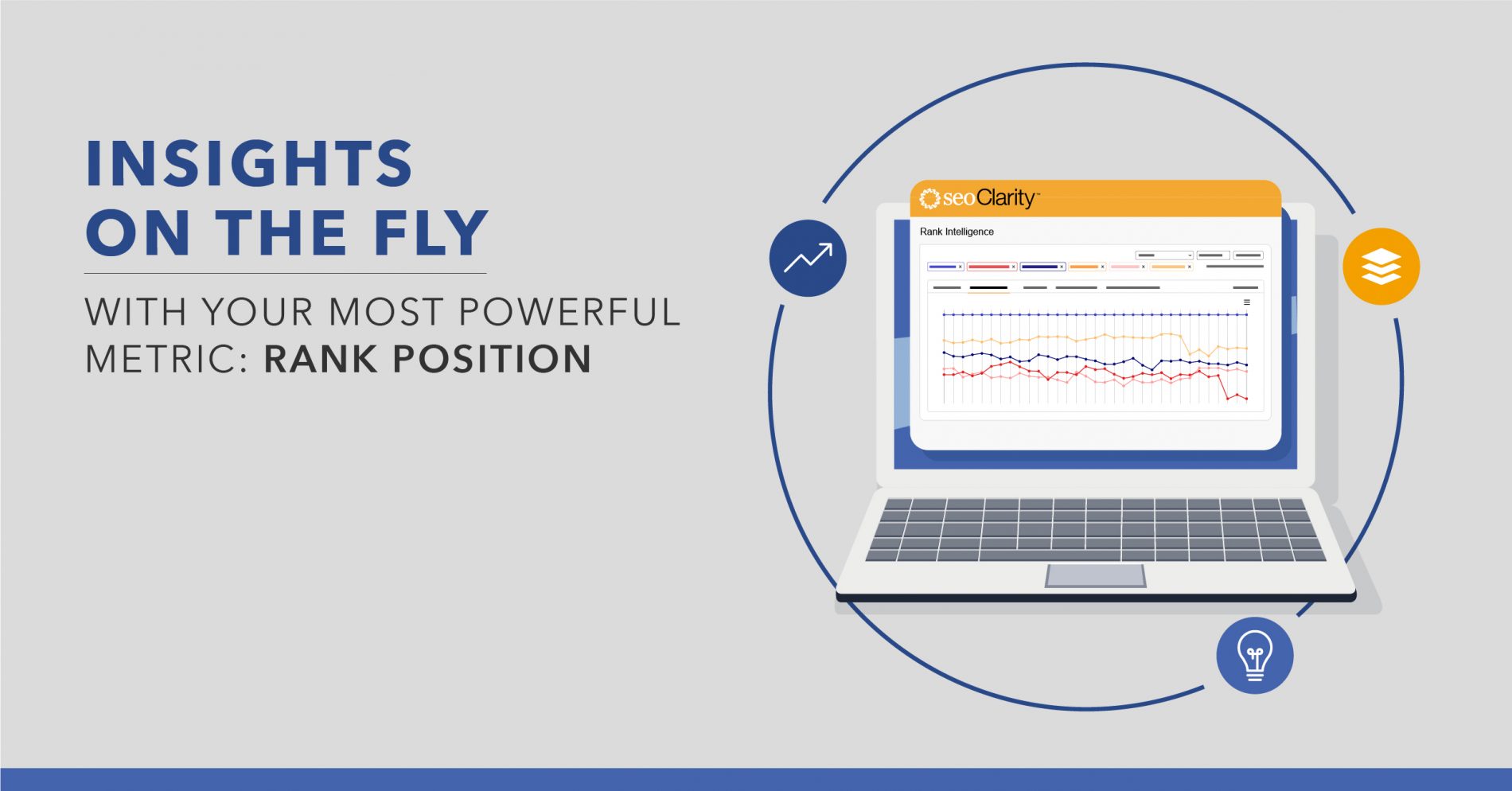
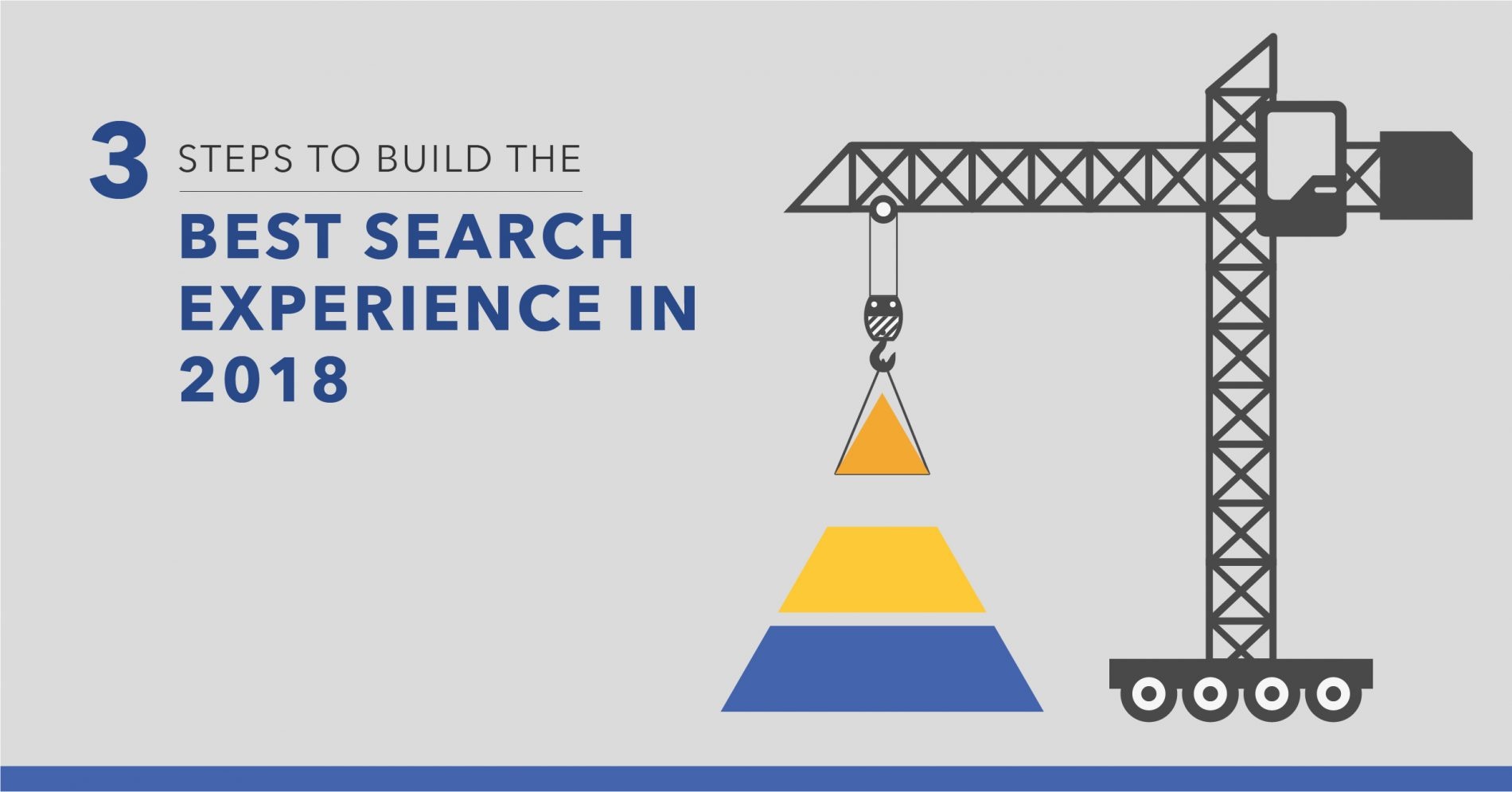
Comments
Currently, there are no comments. Be the first to post one!